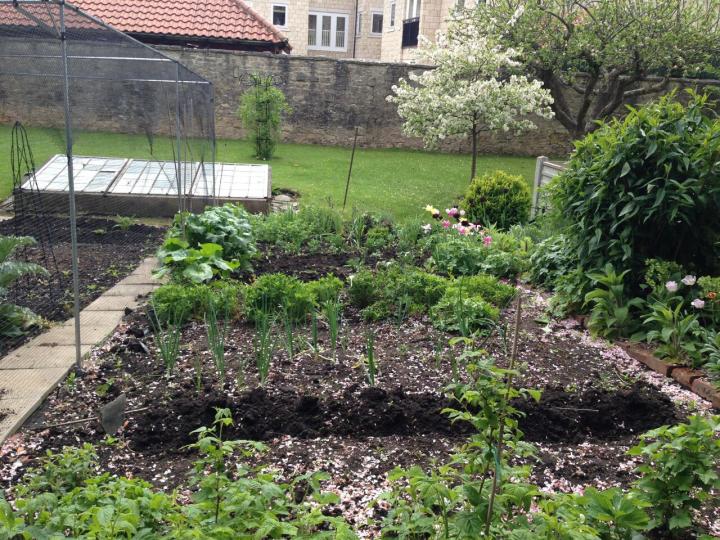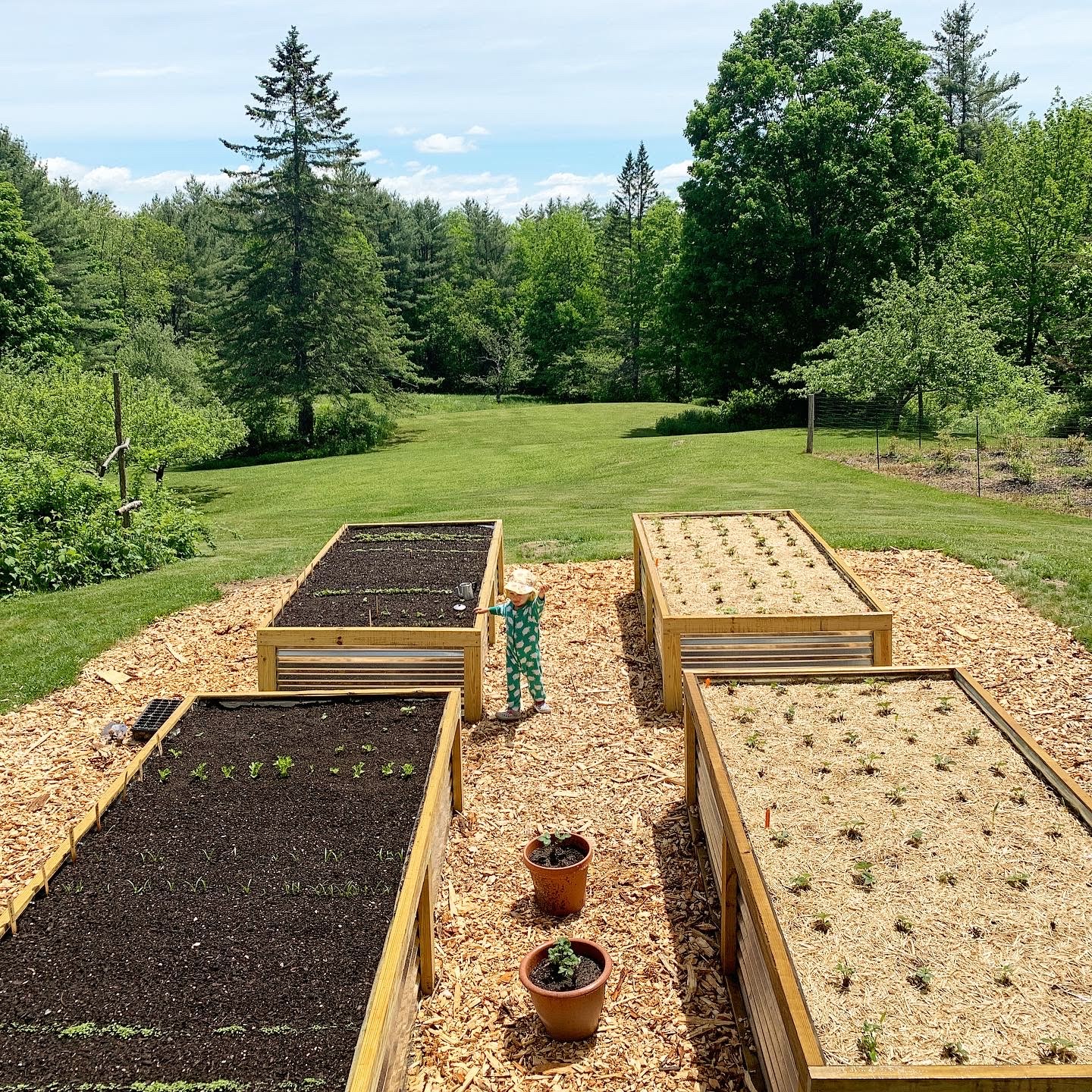Enhance Your Outdoor Area With Creative Gardening Styles and Designs
By checking out various designs, such as the lovely informality of cottage yards or the minimalism of modern aesthetics, one can significantly raise the atmosphere of their environments. Additionally, integrating upright horticulture techniques and lasting methods not just improves aesthetic charm yet additionally advertises environmental consciousness.

Cottage Yard Appeal
Home gardens, usually defined by their lavish, informal formats, accept an unified blend of blossoms, herbs, and vegetables, developing a lively tapestry of color and fragrance. This conventional gardening design go back to the late 19th century, coming from in England, and is prized for its lovely, enchanting charm.
Crucial element of home yards consist of using seasonal plants, climbing creeping plants, and self-seeding annuals, which contribute to an ever-evolving landscape. Planting in thick clusters encourages a naturalistic appearance, permitting a diverse mix of shades and structures. Popular blossoms such as hollyhocks, foxgloves, and delphiniums come together with fragrant herbs like lavender and rosemary, enhancing sensory experiences while advertising biodiversity.
Incorporating rustic attributes, such as weathered trellises, wooden fences, or rock paths, even more enhances the visual of a cottage garden. This style not only focuses on beauty however likewise embraces sustainability, as many plants are selected for their capability to bring in pollinators and give food. Ultimately, the home yard beauty lies in its kicked back, inviting environment, urging a deep connection with nature while offering an idyllic retreat for leisure and pleasure.
Modern Landscape Aesthetic Appeals
While the appeal of home gardens evokes a feeling of fond memories and fancifulness, modern-day landscape appearances accept a more minimalist and streamlined technique. This modern design emphasizes simplicity, performance, and an assimilation with the surrounding setting. Tidy lines, geometric shapes, and a limited color combination define modern-day landscape design, permitting nature's elegance to take center phase without unneeded disturbances.
Materials play an important function in accomplishing this visual. Concrete, steel, and all-natural rock are often made use of to develop hardscapes that enhance the landscape as opposed to bewilder it. Furthermore, the mindful option of plants is basic; indigenous varieties and decorative lawns are commonly favored for their low maintenance and ability to thrive in local problems.
Water attributes, such as streamlined fish ponds or showing pools, are also indispensable to modern-day layouts, supplying calmness and a centerpiece. Sustainable techniques, consisting of xeriscaping and making use of permeable products, improve the environmental responsibility of modern-day landscape design. Eventually, modern landscape visual appeals offer a possibility to produce peaceful outdoor rooms that show modern worths while fostering a much deeper connection to nature.
Vertical Horticulture Developments
Upright horticulture innovations have actually revolutionized the means we approach horticulture in restricted rooms, allowing the cultivation of plants in city atmospheres where ground room is scarce. These cutting-edge methods and frameworks enable garden enthusiasts to make best use of vertical surfaces, changing walls, fencings, and even verandas into rich green areas.
One prominent technology is using modular systems, which contain interlocking panels that can be quickly mounted and reorganized - Homestead Gardening. These panels usually come geared up with integrated irrigation systems, making sure that plants obtain sufficient dampness while minimizing water waste. Furthermore, upright gardens can integrate a range of plants, from blooming species to edible herbs, advertising biodiversity and boosting aesthetic appeals
An additional noteworthy development is the combination of clever technology, such as sensors that check soil moisture and nutrient levels. This innovation enables precise care tailored to the requirements of private plants, making sure optimum development and health. Additionally, vertical planters and lightweight materials made from recycled products contribute to sustainability while decreasing the physical problem of typical horticulture.
Sustainable Gardening Practices
Sustainable horticulture techniques have become a vital approach for garden enthusiasts looking for to reduce their environmental effect while enhancing the health and wellness of their communities. These techniques focus on the careful administration of natural resources, promoting biodiversity, and fostering a resistant landscape.
One secret aspect of sustainable horticulture is soil wellness. Using organic garden compost, mulching, and crop turning enhances the soil, advertising useful microorganisms and lowering the requirement for chemical fertilizers. Furthermore, native plants are urged, as they require much less water and are much more immune to regional pests, therefore reducing dependence on pesticides.

In addition, sustainable horticulture urges the usage of recycled products for garden frameworks and paths, decreasing waste and ecological influence. By adopting these methods, garden enthusiasts can create a successful exterior space that balances with nature, making certain both individual enjoyment and environmental duty.
Themed Garden Inspirations
Creating a themed yard can transform a normal outdoor area right into a captivating haven that shows individual design and interests. Themed gardens provide a special possibility to share creativity while enhancing the aesthetic charm of one's landscape. Popular styles consist of Japanese Zen yards, which stress peace via carefully arranged stones, water features, and minimalist plantings.
Another inspiring theme is the cottage garden, characterized by an informal layout content filled with a wealth of vivid blossoms and great smelling natural herbs. This style promotes biodiversity and attracts pollinators, making it both ecologically valuable and attractive.
For those with a propensity for journey, an exotic garden can evoke a vacation feeling, including strong foliage, vibrant blooms, and probably also a little water feature to mimic a hotel environment.
Additionally, a discover this themed garden can attract motivation from literature or history, such as a Shakespearean yard that integrates plants discussed in the Poet's jobs.
Selecting a theme not just offers direction in plant option and design but additionally produces a cohesive setting that invites expedition and pleasure, making outdoor rooms really distinctive.
Conclusion

Incorporating rustic functions, such as weather-beaten trellises, wood fencings, or rock paths, further improves the aesthetic of a cottage yard. In addition, upright yards can include a variety of plants, from flowering species to edible herbs, promoting biodiversity and improving aesthetics.
Creating a themed garden can transform a regular outside space into a captivating shelter that mirrors individual design and passions. Themed yards supply an one-of-a-kind opportunity to express creativity while enhancing the visual allure of one's landscape. The beauty of home yards, the sleekness of contemporary landscapes, ingenious vertical gardening techniques, lasting techniques, and themed yards each add distinct aspects that foster both beauty and functionality.